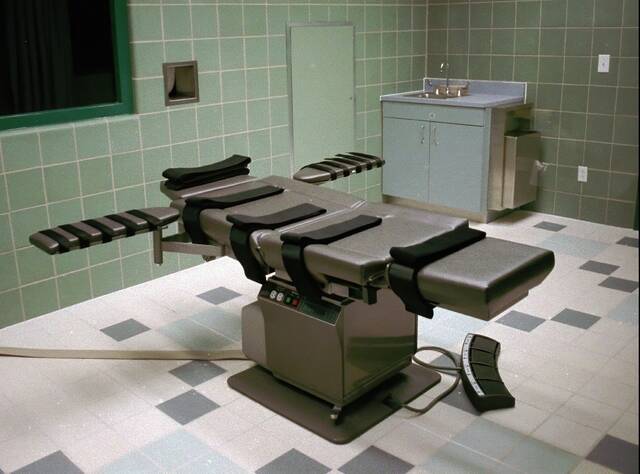Covid-19 cases dropped by more than half over the past week in Allegheny and Westmoreland counties as well as statewide, and an infectious disease expert says the statistics likely signal the omicron-driven surge has reached its peak.
From Jan. 30 to Feb. 5, Allegheny County recorded 3,850 cases, an average of 550 per day. In the seven days prior, the health department recorded 10,455 cases, an average of just under 1,500 per day. Last week’s numbers represent an 83% drop from the peak of the omicron surge in the county during the first week of January.
In Westmoreland County, the state health department reported 1,544 covid cases from Jan. 30 to Feb. 5, about 220 per day. That’s down from 458 per day the week prior and a high of just under 700 during the second week of January.
“It does appear that Western Pennsylvania, along with most places in this country, have peaked and are on a descent in terms of cases of omicron,” said Dr. Amesh Adalja, a critical care and infectious disease expert.
The decline comes as Allegheny County’s death toll has surpassed 3,000 since the pandemic began, state data show. At 243 deaths, January was the deadliest month for the county since vaccines became widely available early last year and the third-worst overall.
Dr. Debra Bogen, Allegheny County’s health director, said in a statement Wednesday the surge “continues to ease.” At the same time, she acknowledged the devastating loss of life over the past two years.
“These people are not numbers,” Bogen said. “They are beloved members of our community.”
Bogen pointed to flu death data to drive home the death toll: From 2015 to 2022, fewer than 100 Allegheny County residents died from influenza. She urged those who remain unvaccinated to speak to a health care provider.
Pennsylvania Acting Secretary of Health Keara Klinepeter pointed to the swift and steady decline in hospitalizations.
Hospitalizations statewide were down more than 25% Monday compared to the week prior. The previous week, hospitalizations fell by 24%.
“Continuing this trend requires a combination of simple prevention measures, personal responsibility and prompt action,” Klinepeter said. “Get vaccinated and boosted. Wear a mask indoors regardless of vaccination status. Get tested and stay home when you don’t feel well. And seek appropriate treatment when you’re sick.”
The percentage of adults in Pennsylvania who are fully vaccinated has continued to creep upward. On Feb. 7, 75.9% of residents 18 and older were fully vaccinated, up slightly from 75.6% a week prior. The largest jump in recent weeks came in late December when the percentage jumped from 70.9% on Dec. 20 to 73.9% a week later.
In Allegheny County, 70% of all residents are fully vaccinated. About 58% are fully vaccinated in Westmoreland County, according to state data.
“As we move into the post-omicron phase of the pandemic, there are many reasons for optimism,” Bogen said, pointing to vaccines, new treatments and medications and vaccines for children under five on the horizon.
Related:
• Hospital leaders hopeful as covid cases decline
Adalja, too, pointed to the growing array of options, noting that things including vaccines and effective treatments mean the pandemic’s death toll also has peaked.
“The worst of the pandemic is largely over because we have tools like vaccines, antivirals and monoclonal antibodies, as well as a high level of immunity in the population,” he said. “That doesn’t mean that there isn’t going to still be hospitalizations and deaths from covid or occasional flare-ups, but I do think that covid will be handled much more like other respiratory infections in the future.”








